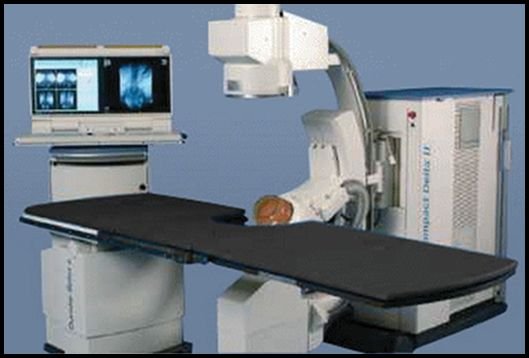Stone Lithotripsy
Shock Wave Lithotripsy (SWL)

When you are unable to remove kidney stones naturally through urine or they cannot be dissolved by medication, the most common initial treatment is lithotripsy provided the location, anatomy and size of the stone is suitable for ESWL.
What is Shock Wave Lithotripsy (SWL)
Shock wave lithotripsy (ESWL) is a physical therapeutic procedure that uses high frequency sound waves produced outside the body to break a kidney stone into tiny pieces, and allow it to pass through the urinary tract.
What advantages does this type of treatment?
- Completely non-invasive
- No need to use the scalpel.
- Treatment is ambulatory. No need for hospitalization (unless complications arise).
- It can be performed on patients with heart disease.
What are the complications of Shock Wave Lithotripsy (SWL)
Though SWL is considered a safe procedure, complications Shock Wave Lithotripsy (SWL) may include
- Nausea and vomiting
- Bleeding around the kidney
- Pain and redness in the area where shock waves penetrate the skin
- Infection
- Obstruction of the urinary tract by stone fragments necessitating further surgery
How it is performed?
Lithotripsy is generally performed under Intravenous sedation. However, whether you need to be anesthetized will depend on your situation and doctor preference, You will be made to lie on an examination table containing a water-filled soft cushion that allows a series of shock waves, also called sound waves, to be administered to the stone. A computerized x-ray machine is used during the procedure to precisely locate the stone within the kidney. Usually, a lithotripsy procedure lasts for about one hour.
